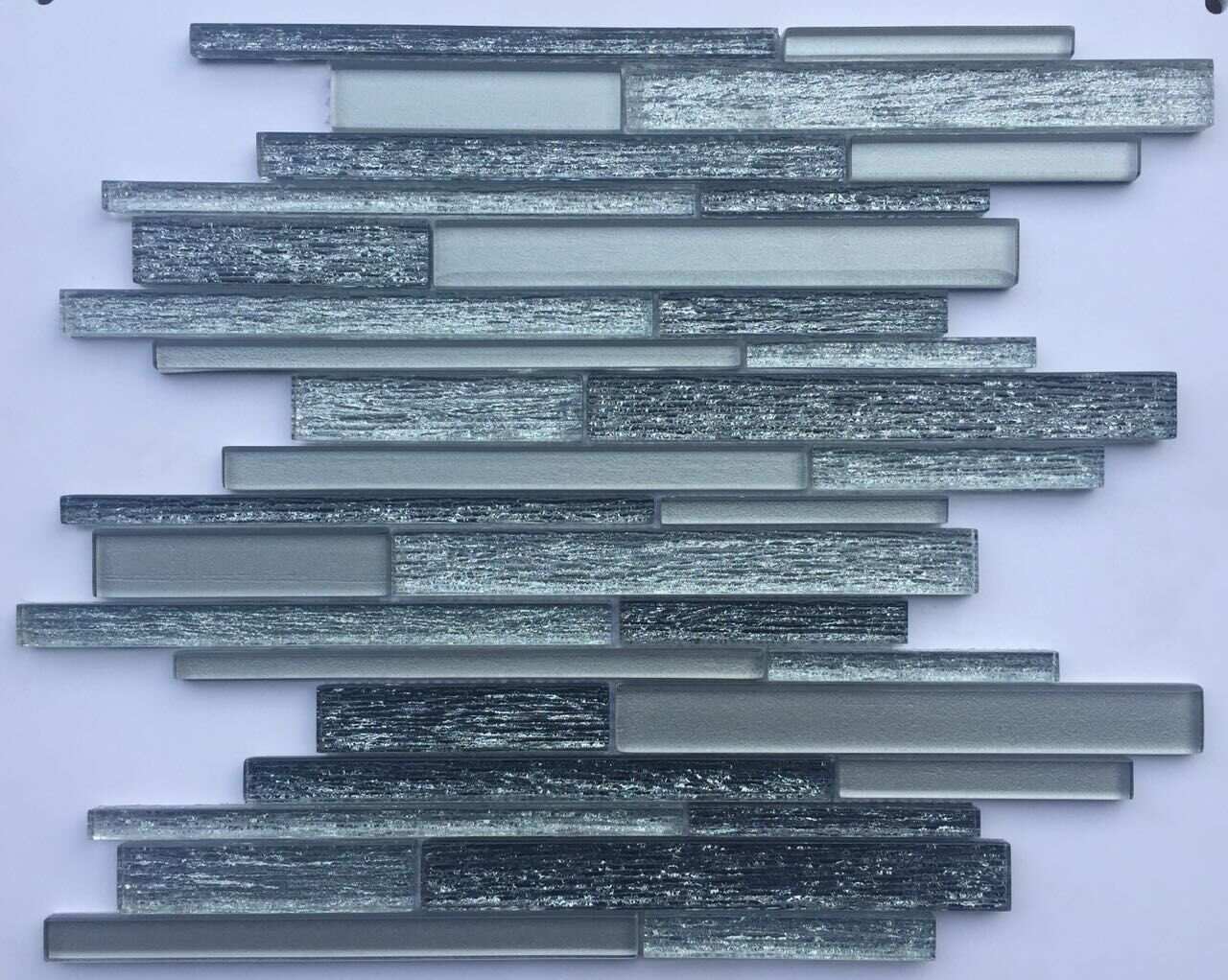Glass Mosaic--Laminated Mix Grey&Brown
Geometric Mosaics[edit]
One common type of Roman mosaics are geometric mosaics, which there is evidence for all across the Roman Empire. Geometric mosaics are often made up of intricate patterns in the style of mazes or labyrinths. There are 57 known floor mosaics in the style of labyrinths, and the majority of them are found in private homes or bathhouses. All 57 were cataloged in 1977 by German archeologist, Wiktor Daszewski.[23] Scholar Rebecca Molholt discusses the reasoning behind why so many of the known maze mosaics were found in bathhouses. Maze mosaics were believed to have apotropaic powers and this is reflected in many mosaics which incorporate scenes of mythical creatures or stories. Furthermore, labyrinth mosaics were considered to be bearers of good luck for those who could successfully make their way through the maze. On their way to bathe, athletes likely would walk through these mazes on their way to bathe in preparation for competition. The experience of walking along the labyrinth pattern would have likely heightened the senses, as the participants would be acutely aware of their feet along the mosaic on the floor.[24]
